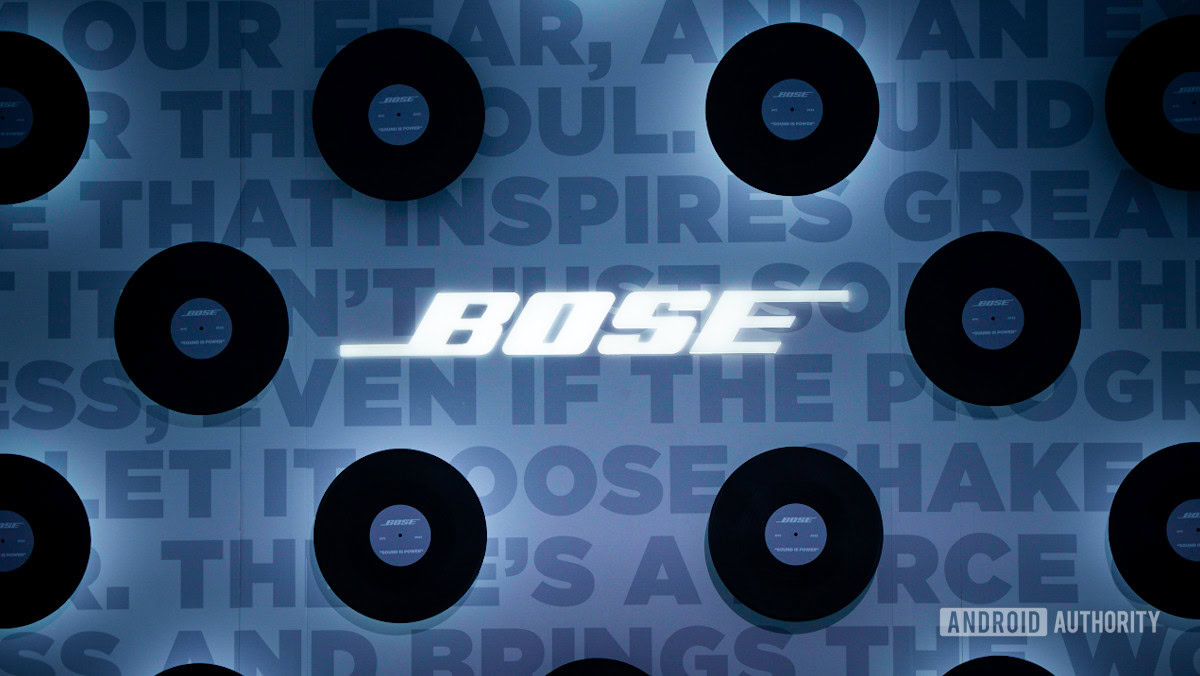All products featured are independently chosen by us. However, SoundGuys may receive a commission on orders placed through its retail links. See our ethics statement.
Bose just killed SoundTouch and reminded us who really owns our tech
October 30, 2025

If you spent big bucks on a Bose SoundTouch system, mark February 18, 2026, on your calendar, because that’s the day your “smart” speaker officially loses its brain. Bose quietly confirmed in early October that it will shut down cloud support for all SoundTouch products, cutting off Spotify, TuneIn, Pandora, multi-room sync, and app control in one fell swoop.
What remains for users is a very expensive Bluetooth or AUX speaker — if those still work. There are no plans for a replacement app or migration path, and no guarantee of long-term functionality—just a quiet, almost casual end-of-life notice for a product line barely a decade old.
This isn’t just a bug or a lost feature. It’s the death of a system people paid premium prices for, and the fallout for existing users is only now becoming clear.
Would you still buy a “smart” speaker after this?
What features will stop working on Bose SoundTouch speakers?
On February 18, 2026, Bose will shut down all SoundTouch features that rely on its cloud. This includes streaming services such as Spotify, TuneIn, Deezer, Pandora, and Amazon Music, as well as multi-room playback and the SoundTouch app itself. The news first surfaced a few weeks ago, but frustration among SoundTouch owners has only grown as the scope of the shutdown became clear.
The company has confirmed there will be no migration to the newer Bose Music platform and “no plans to support SoundTouch products through any other app.” Once the app goes offline, you won’t be able to reconnect to Wi-Fi, change presets, or sync multiple speakers.
That leaves only physical inputs, such as Bluetooth, AUX, or HDMI — and even those could stop working after router changes or factory resets. For many owners, that is a steep fall from the seamless, connected experience they originally paid for.
Bose says affected customers can trade in select SoundTouch products for credit toward a new Bose system. The company’s trade-in program offers up to a $200 credit for eligible models. Still, credit amounts vary by model and apply only toward purchasing a new Bose speaker or soundbar.
What will still work after February 2026?

If your SoundTouch speaker supports local inputs, you’ll still be able to use Bluetooth or AUX for playback. However, once the app is gone, you won’t be able to reconfigure Wi-Fi settings or restore functionality if your setup changes or your network resets. In short, your speaker will keep working until you need to change your Wi-Fi or reset the device.
There’s also no replacement or migration path. This isn’t a transition to a new app or platform — Bose has drawn a clear line between SoundTouch and its newer Bose Music ecosystem, leaving owners stranded. This isn’t a welcome update for longtime users who spent thousands of dollars on multi-room setups; it’s a shutdown.
How Bose SoundTouch owners are reacting
SoundTouch owners are understandably upset, and the backlash online shows how disruptive this decision really feels. On Reddit, longtime users have shared stories of investing in multi-speaker systems, setting up daily routines, and relying on the app for everything from presets to room-to-room playback.
One user, u/Same-Cake5075, even launched a petition on Change.org urging others to sign and share, while another, u/throwaway23590, summed up the frustration rather bluntly: “They are basically stealing our products and throwing them out.”

For many, this isn’t just about losing features. It’s also about trust. These systems were sold as long-lasting, high-end investments, and now they are being downgraded despite the hardware still working just fine. Even if your SoundTouch speaker can still play music through Bluetooth or AUX, that’s still a major downgrade from what users originally paid for, not to mention a significant breach of confidence for a brand that once stood for reliability.
How to keep your Bose SoundTouch useful
Your options are limited, but there are still a few ways to keep your SoundTouch system useful:
- Use local inputs: Bluetooth, AUX, or HDMI will continue to work for now.
- Add a streamer: Devices such as a Chromecast, Echo Input, or even an old smartphone can restore streaming capability.
- Sign the petition: If you want Bose to reconsider, add your name.
- Plan your exit: Start researching open systems such as Sonos, Yamaha MusicCast, or Chromecast Audio, which are less dependent on cloud servers.
If you’re frustrated with the shutdown, you can sign the petition here. It’s one way to push back, or at least voice your frustration directly.
The bigger problem with cloud-dependent speakers

Bose isn’t the first company to discontinue a cloud-dependent ecosystem, and it won’t be the last. That’s the real problem. When companies tie core functionality to servers that can be shut down at any time, the customer always loses.
For example, while Sonos hasn’t killed its ecosystem outright, the company’s disastrous app overhaul left millions of users frustrated as once-stable multi-room systems became nearly unusable. It’s a reminder that even the most established brands can undermine great hardware with bad software.
Smart audio should be built to last. It shouldn’t disappear because a company turned off its servers.
Thank you for being part of our community. Read our Comment Policy before posting.